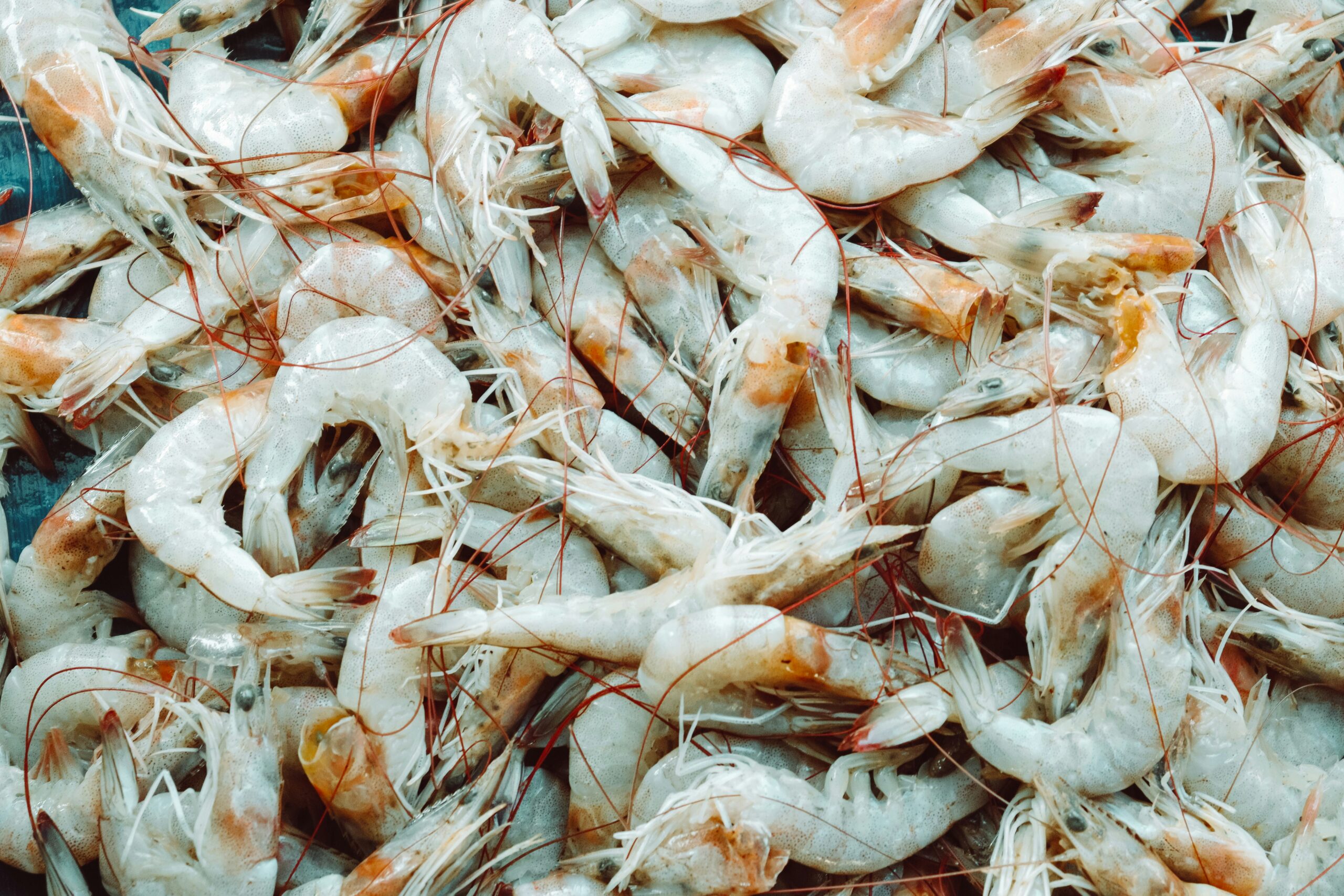Photo by Gowtham AGM
Decade-long moratorium continues
New England’s once-thriving shrimp industry faces an uncertain future as fishermen struggle to find sufficient numbers of the region’s iconic northern shrimp, with regulators now empowered to extend fishing moratoriums for five years at a time instead of annual reviews.
Fishermen have operated under a moratorium on catching shrimp for more than a decade due to low population levels that scientists have attributed to climate change and warming oceans. Despite being allowed to catch a small number of shrimp this past winter as part of an industry-funded sampling and data collection programme, the results were disappointing.
Regulatory framework adapts to persistent decline
The Atlantic States Marine Fisheries Commission has introduced new rules enabling longer moratorium periods in response to the fishery’s continued struggles. Chelsea Tuohy, a fishery management plan coordinator with the commission, said it’s possible regulators will “consider another winter sampling program” when they meet in December to determine whether to extend the moratorium.
However, the commission acknowledged that the “continued poor condition of the northern shrimp stock has resulted in uncertainties in the future status of” the seafood.
Environmental conditions remain unfavourable
The underlying environmental challenges continue to plague the fishery, with the commission stating that “environmental conditions continue to be unfavorable for northern shrimp in the Gulf of Maine.”
This assessment reflects the broader impact of climate change on the region’s marine ecosystem, where warming waters have fundamentally altered the habitat conditions that northern shrimp require to thrive.
Historic fishery’s dramatic decline
Prior to the fishing moratorium, the New England shrimp fishing industry was based largely in Maine, with fishermen from Massachusetts and New Hampshire also participating in the harvest. The delicate, pink crustaceans were a winter delicacy in the Northeast and beyond, representing one of the region’s iconic seafood species alongside lobsters, cod and scallops.
The scale of the collapse has been dramatic. Maine fishermen sometimes caught more than 10 million pounds of the shrimp per year as recently as the early 2010s, but the catch cratered in 2013.
Adaptive management response
The regulatory commission approved new rules for the fishery this past spring that recognise the influence of environmental conditions on stock productivity, according to a May statement from the commission.
The commission said it made the changes “in response to the continued poor condition of the northern shrimp stock,” reflecting a shift towards longer-term management approaches in the face of persistent environmental challenges.
The New England shrimp fishery represents a stark example of how climate change is reshaping traditional fishing communities, with regulators increasingly adapting management frameworks to address ecosystem changes that may persist for years or decades.
